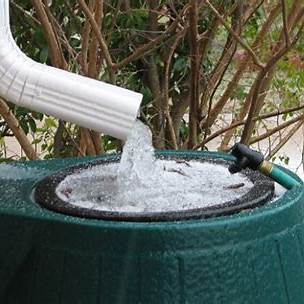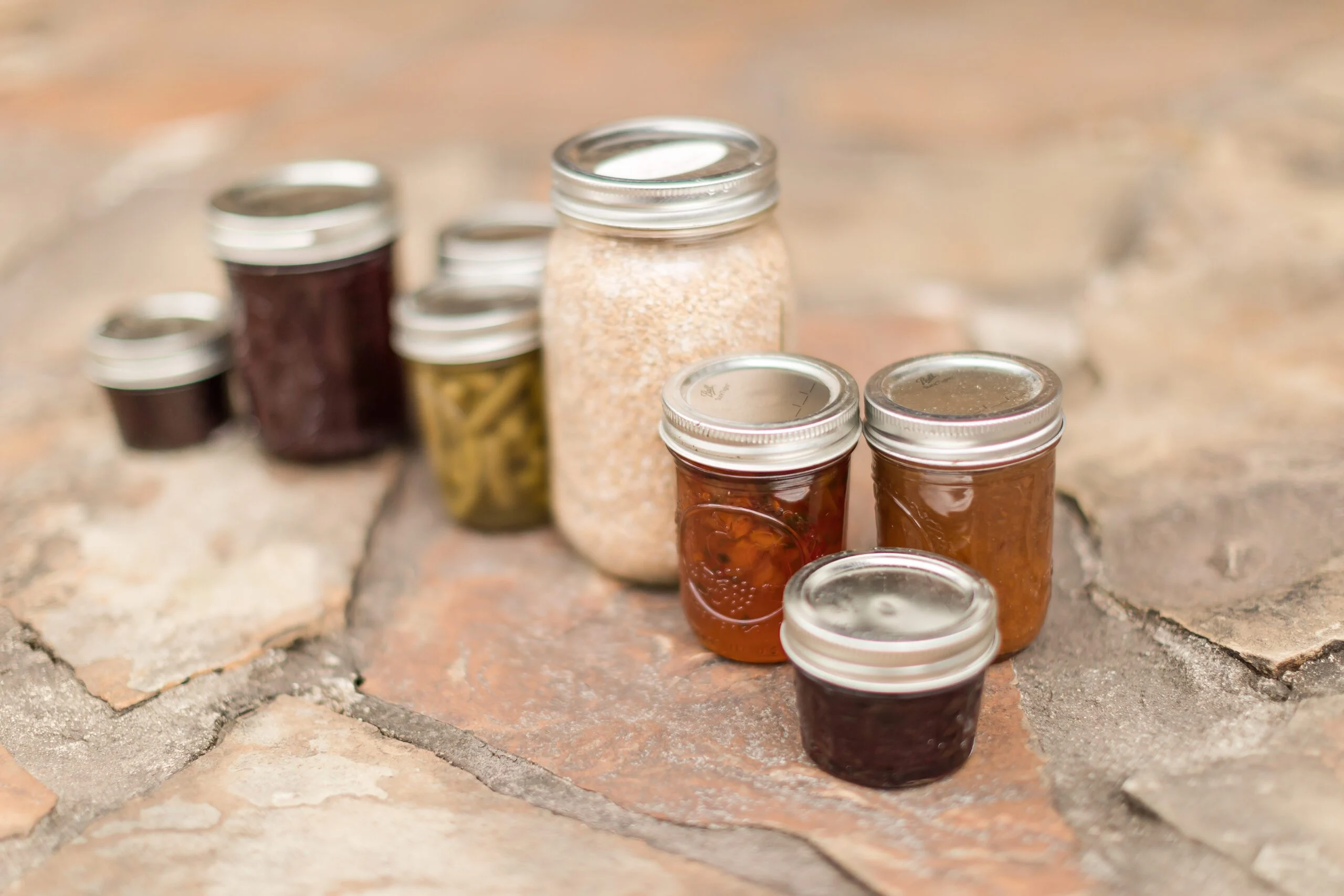Collecting rainwater for drinking is a sustainable practice, especially in areas facing water scarcity. However, to ensure safety, it’s crucial to follow proper collection, storage, and purification methods. This guide provides a comprehensive, step-by-step approach to safely collect and purify rainwater for drinking purposes.
Step 1: Understand Local Regulations
Before initiating rainwater harvesting, check local laws and regulations. Some regions have restrictions or guidelines on rainwater collection. Consult your local environmental or water authority to ensure compliance.
Step 2: Choose an Appropriate Catchment Area
The catchment area is the surface from which rainwater is collected, typically a roof. Ensure the following:
- Material: Use roofs made of non-toxic materials like metal or clay tiles. Avoid roofs with lead-based paints or treated wood, as they can leach harmful substances.
- Cleanliness: Regularly clean the roof to remove debris, bird droppings, and other contaminants.
Step 3: Install a Gutter and Downspout System
Set up gutters and downspouts to channel rainwater from the roof to the storage system. Ensure they are:
- Clean: Regularly remove leaves and debris.
- Made of Safe Materials: Use food-grade materials to prevent chemical leaching.
Step 4: Incorporate a First-Flush Diverter
A first-flush diverter discards the initial runoff, which may contain the most contaminants. This ensures cleaner water enters the storage tank.
Step 5: Select a Suitable Storage Tank
Choose a storage tank that is:
- Made of Food-Grade Material: Materials like polyethylene or stainless steel are ideal.
- Opaque: To prevent algae growth.
- Sealed: To keep out insects and debris.
- Equipped with an Overflow System: To handle excess water during heavy rains.
Step 6: Filter the Collected Rainwater
Before purification, filter the water to remove physical impurities:
- Pre-Filtration: Use mesh screens or sediment filters to remove leaves and debris.
- Fine Filtration: Employ ceramic or carbon filters to eliminate finer particles and some pathogens.
Step 7: Purify the Rainwater
To make rainwater safe for drinking, purification is essential. Methods include:
- Boiling: Boil water for at least one minute to kill pathogens.
- Chemical Disinfection: Use unscented household bleach (5-6% sodium hypochlorite). Add 8 drops per gallon, mix, and let it stand for 30 minutes.
- Ultraviolet (UV) Treatment: UV purifiers can effectively neutralize bacteria and viruses.
- Reverse Osmosis: This system removes a wide range of contaminants, including chemicals and microorganisms.
Choose a method based on available resources and specific water quality concerns.
Step 8: Regular Maintenance and Monitoring
Ensure the system remains effective by:
- Cleaning Gutters and Filters: Regularly remove debris.
- Inspecting Storage Tanks: Check for signs of contamination or damage.
- Testing Water Quality: Periodically test for pathogens and chemical contaminants.
Conclusion
Collecting rainwater for drinking is a viable solution when done correctly. By following these steps—understanding regulations, choosing appropriate materials, ensuring proper filtration and purification, and maintaining the system—you can safely utilize rainwater as a potable water source.






